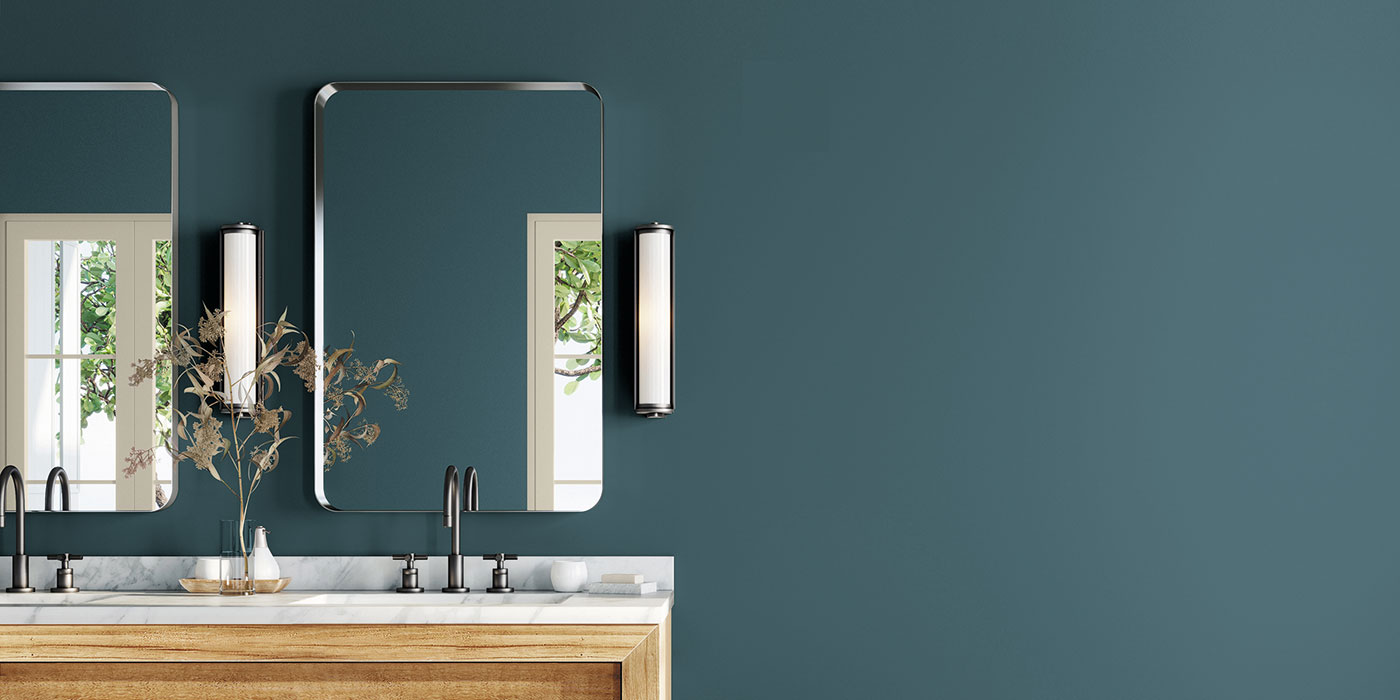Growing your own vegetables is fun and rewarding but can also seem like a daunting task for a beginner. Vegetable gardening is not difficult but there are certain conditions required for a successful result. Follow these 6 easy tips to help your garden thrive.
1. Location
A vegetable garden needs at least six to eight hours of full sunlight, so choosing the right spot is key. If you have room, build a raised bed for convenience and to keep your vegetables contained. Vegetables can also be grown directly in the ground or in large containers. Wherever you decide, the soil should be good quality loam, contain high amounts of organic matter and have good drainage.
2. What to grow
This may seem simple but grow what you like to eat. Choose as many varieties as your space will support. Some vegetables grow better when planted alongside certain companion plants. This method of companion planting is the practice of growing different plants together for mutual benefit. You can also plant flowers amongst your vegetables to attract beneficial bees and other pollinators.
3. Spacing
Give each plant the space it needs to grow, follow the recommendations on the seed packet or plant tag. If needed, provide support with stakes or cages.
4. Water
Keep track of the rainfall in your area and water accordingly. A rain gauge can help you keep track of the amount of rain your garden receives. If your vegetable garden is small, water with a hose or a watering can. If your garden is large, consider a drip irrigation system. Watering in the morning is best, before the heat of the day.
5. Weeds & pests
Keep your garden free of encroaching weeds that will compete for water and nutrients in the soil. While you are weeding, watch for signs of plant disease and insect pests. Take care of these to minimize any damage. If you have critter pests raiding your vegetables, you may have to build a physical barrier with netting or chicken wire.
6. Harvest
When picking ripe vegetables, be careful not to damage the plant so it can keep producing. Once the plant no longer produces, pull it out so the remaining plants have more room.
Growing your own vegetables is a rewarding journey, and it’s easier than you might think! We’ve got everything you need to start a garden of any size. Find all the tools and supplies you need at your local TIMBER MART.



